Technical Article
Updated 12/2021
Techniques for Detecting Earth or Ground Faults on Delta Networks
Network Earthing
Among the four main Medium Voltage distribution network earthing techniques, (Solidly/Effectively Earthed, Resistance Earthed, Unearthed and Compensated Neutral), Delta networks offer significant challenges for detecting single line to ground faults.
Delta networks were historically selected for their resilience against this first single-phase fault condition, but the inability to detect these faults posed a serious issue for electrical engineers.
Today, improvements in protection and switchgear technology in modern devices such as the OSM Recloser system with RC Control now allow electrical engineers to detect these faults on delta networks.
“Delta networks are extensively used in North America where earth fault detection has always been problematic and can be solved by the solutions detailed below,” says NOJA Power Group Managing Director Neil O’Sullivan.
Here we explore a couple of techniques for detecting these faults, but first let’s consider a brief overview of fault behaviour on Delta networks.
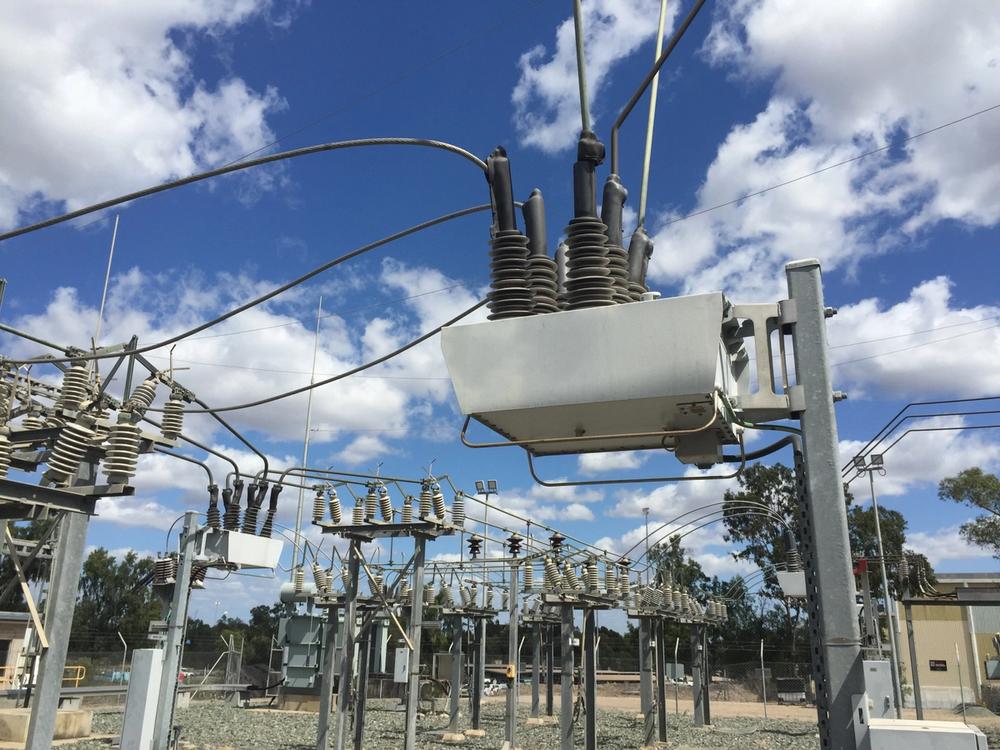
Understanding Delta Network Behaviour under first Ground/Earth Fault:
Earth/Ground Faults need a current path to flow. When using a solidly earthed network, the majority of fault current flows through the earthed star point of the transformer.
On unearthed delta networks, there is no solid connection. But this doesn’t mean there is no fault current. The fault current is almost entirely capacitive, which is a result of the capacitance between the lines and the ground.
Figure 1 shows this effect in action.
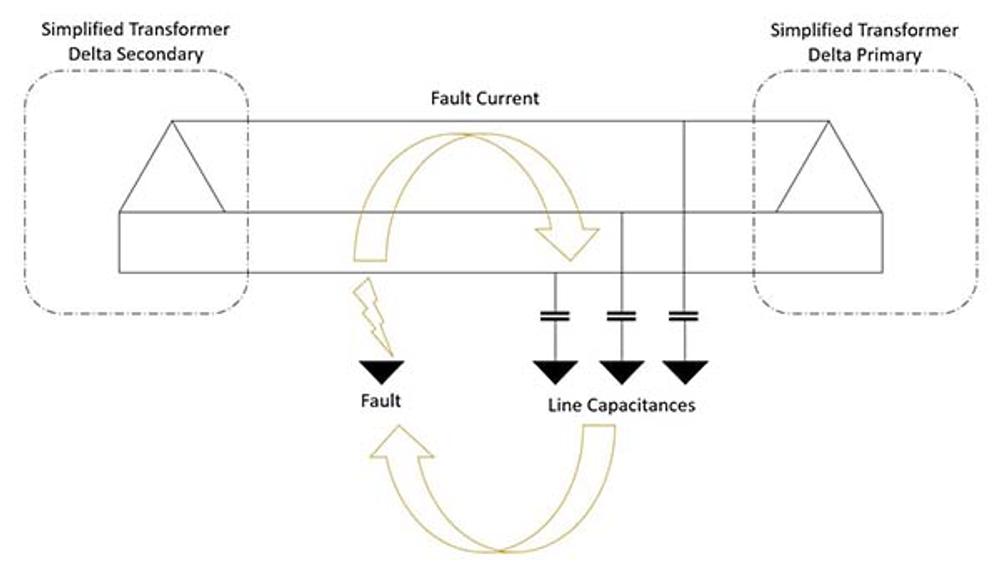
The fault driving energy is the Neutral Voltage Displacement. When a single line to ground fault occurs, the fault location becomes the new ground reference. The un-faulted phases’ voltage rises relative to this new ground reference, causing a “neutral voltage displacement”.
The degree of Neutral displacement is proportional to the fault impedance. If the fault impedance is zero, then the faulted line voltage (At the fault location) goes to zero. This leads to maximum displacement of the other phases, where the un-faulted phase to ground voltage equals their pre-fault phase to phase voltage.
If the fault impedance were increased, the displacement would reduce, until the fault impedance is infinity, where the displacement is zero. This is the “un-faulted” state.
The simplified equations are:
Zero Sequence Impedance:

Where C is the network capacitance.
Using V=IZ to calculate our fault current, where the voltage is the Neutral Displacement:
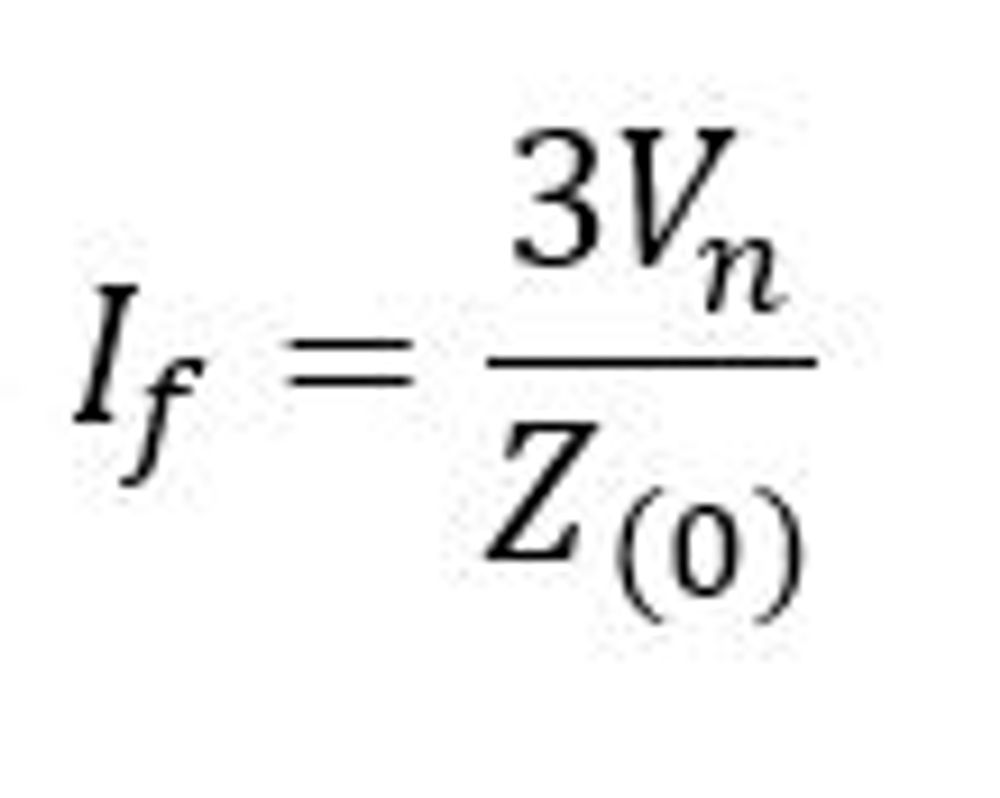
Replacing our equation for zero sequence impedance:
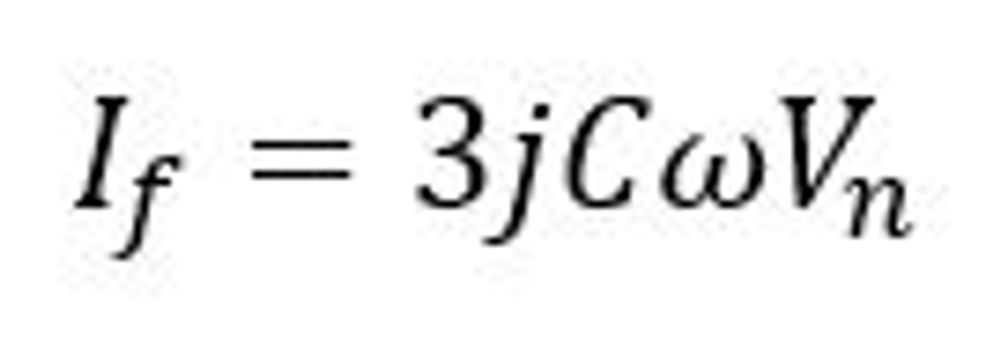
This fault current would be visible on all feeders connected in the Delta scheme but would only be “forward” on the faulted feeder.
Protection technique 1: Neutral Voltage Displacement – ANSI 59N
Neutral Voltage Displacement is considered the frontline detection method for single phase to ground faults on delta networks. NVD operates on the movement of the neutral voltage, relative to ground potential.
Full displacement occurs when the fault has zero impedance, where un-faulted phases take on their Phase-to-Phase voltage in the Phase to Ground measurement.
For example, if the pre-fault phases on a 22 kV Network are as follows, with no displacement:
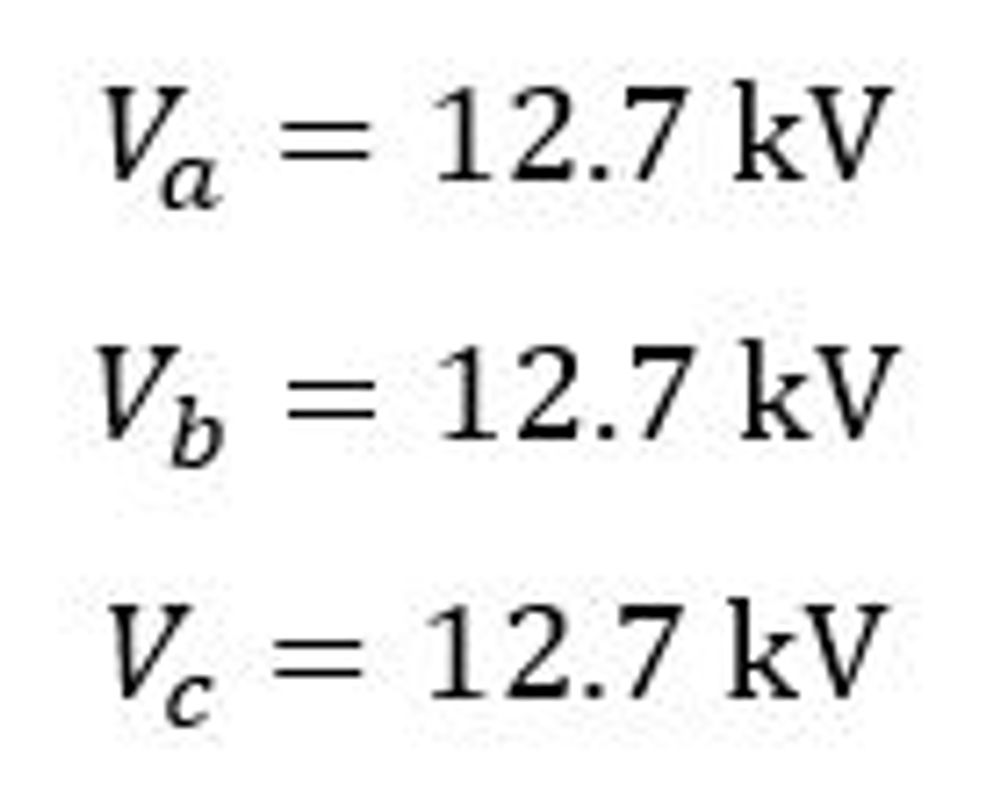
Then the fully displaced values for a zero-impedance fault on phase A are:

Practically speaking, a zero-impedance fault is unlikely, so the shift will not be so large.
The set-point for is set just above the normal network load fluctuations. Typically, this range is between 10% to 30% of the Phase to Ground voltage.
The traditional challenge with this protection is that the displacement is almost equal on all connected parts of the feeder, with the only variation arising from line impedance. This made grading and fault location difficult in the past. Today however, with Reclosers such as the OSM Recloser system offering this protection feature, grading is accomplished on time. The protection devices furthest from the substation have the fastest operating time, and operating time is increased in each device closer to the substation.
With this scheme, the feeders will progressively shed the end of the line until the fault is cleared. This minimises the number of impacted customers.
The OSM Recloser can also report which phase had the lowest voltage at the fault site, allowing utility engineers to determine both the faulted phase and segment.
Protection technique 2: In Sin Phi Sensitive Ground Fault protection
As we saw in the fault calculations, the earth fault current is not zero on a delta network, despite the lack of transformer earth. However, we do see that the fault current is mostly capacitive. This implies the fault current magnitude is proportional to network capacitance. The bigger the network, the more capacitance. Underground cables also have more capacitance than overhead networks.
Before devices such as the OSM Recloser with High Resolution SEF capability, detecting ground faults on overhead lines was challenging. Today however, the OSM Recloser can be set to detect 200 mA of primary current, giving sensitivity even on smaller overhead networks with lower neutral displacement fault driving voltages.
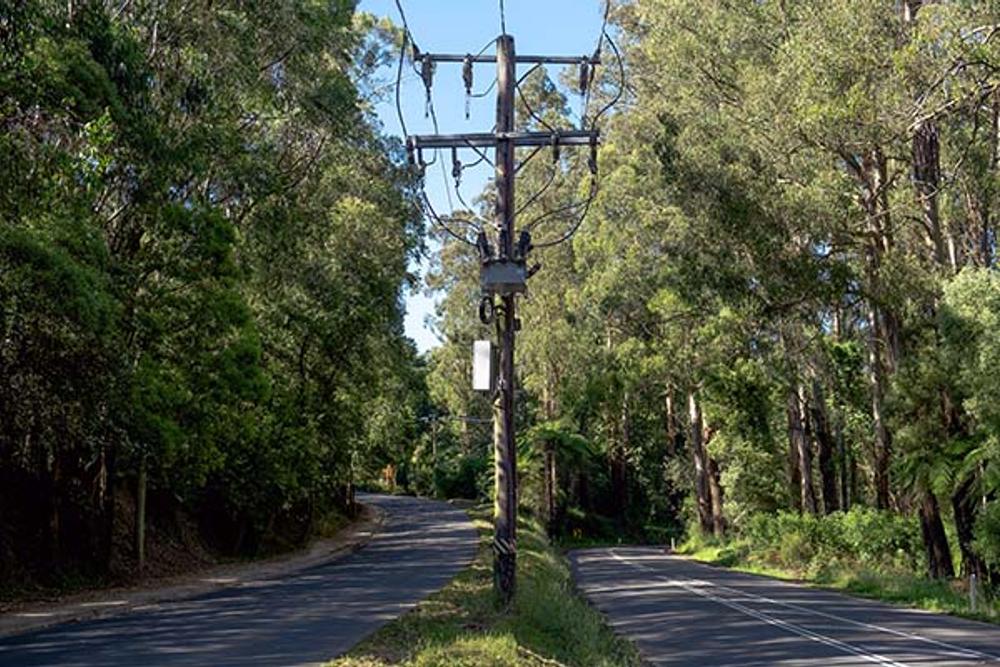
However, acting on magnitude of this fault alone is not sufficient to guarantee detection. Instead, born of European network practices, trigonometry is used to determine the capacitive direction. Once this is done, the fault magnitude in the reactive domain is checked against the operating quantity. This helps reduce the impact of leakage resistance from causing spurious tripping at low levels. In NOJA Power’s OSM Reclosers, this practice is called Advanced SEF, using the algorithm technique.
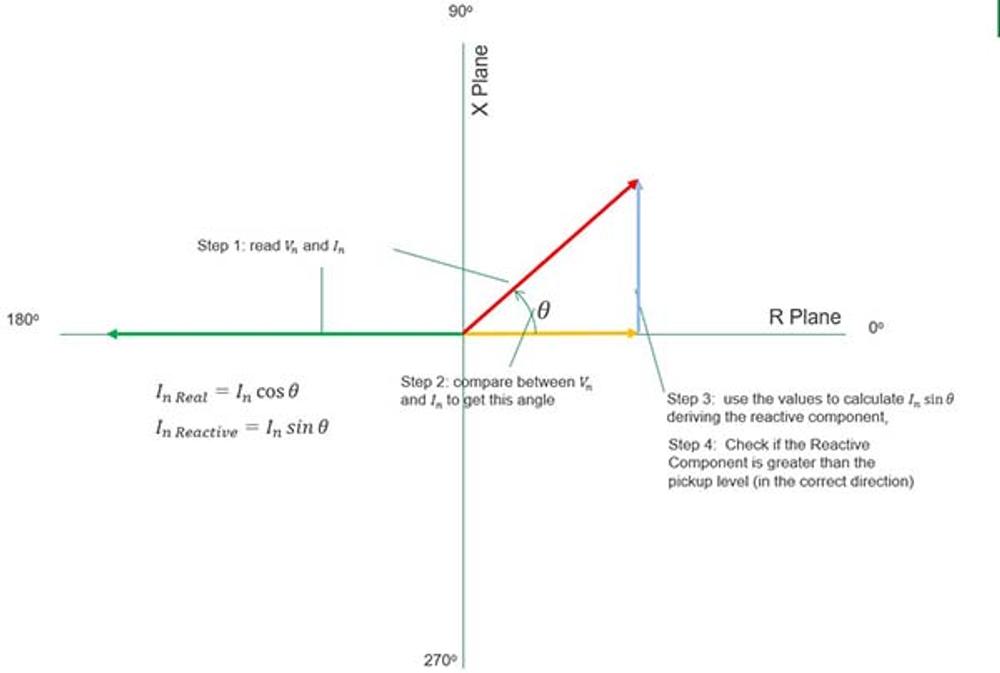
As we see in figure 2, this method has 4 steps.
- We take readings for the Neutral Displacement and Residual current.
- We compare the angles to get the value for
- We use trigonometry to remove all resistive leakage, leaving only the reactive component. This is directional, and only has the correct polarity on the faulted feeder.
- We check if this capacitive current exceeds our pickup.
Combining this algorithm with the high-resolution SEF sensors in a NOJA Power OSM Recloser, we can detect ground faults on delta networks that have previously eluded detection.
Summary
Detecting ground faults may be challenging, but it is a solved problem with NOJA Power’s OSM Recloser system.
Want to stay up to date with Electrical Distribution Technology?
Join our list for a free weekly technical bulletin, as we share our Global Electrical Engineering experience directly to your inbox.
Subscribe →